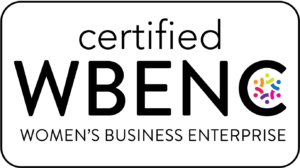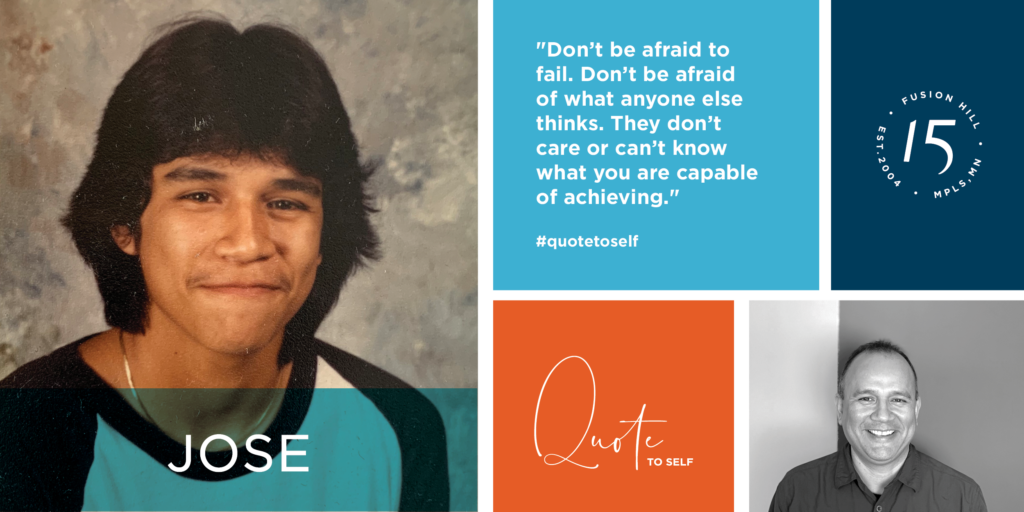
In honor of our 15th year of Insight & Imagination, we recently kicked off a special project called “Quote to Self.” If you haven’t seen it yet, check out the submissions on Instagram answering this one question: “What advice would you give to your 15-year-old self?” It’s been exciting to hear the sage advice (and see some great throwback hairstyles) rolling in from our research participants, clients, employees and friends from all corners of the country. And while it develops week by week on Instagram, the project will go global in May and culminate in a consumer insight report with an exhibit at our September anniversary party.
Here’s a spotlight on one of our early contributors – Jose:
Born in July 1965, Jose from Hazel Park, Michigan, turned 15 in 1980, when Rubik’s cube and Pac-Man were released and became popular icons. In that same year, Mount St. Helen’s erupted and the USA men’s Olympic hockey team won gold – after defeating the Russian team in the “Miracle on Ice” – while Blondie topped the charts with “Call Me.” When we asked Jose what advice he’d give to his younger self, he stated:
“Don’t be afraid to fail. Don’t be afraid of what anyone else thinks. They don’t care or can’t know what you are capable of achieving. Be weird, be bold, be ready to step out and feel new air on your face.”
What memories do you have of being 15? And what advice would you give to yourself at that age? We’d love to hear from you!
Visit our Quote to Self website to download an editable form and submit your responses to quotetoself@fusionhill.com. And to see the project in action and watch for your own quote, visit and follow our Quote to Self Instagram and Facebook pages.
March 21, 2019 | Creative, Culture, Quote to Self Project, Research
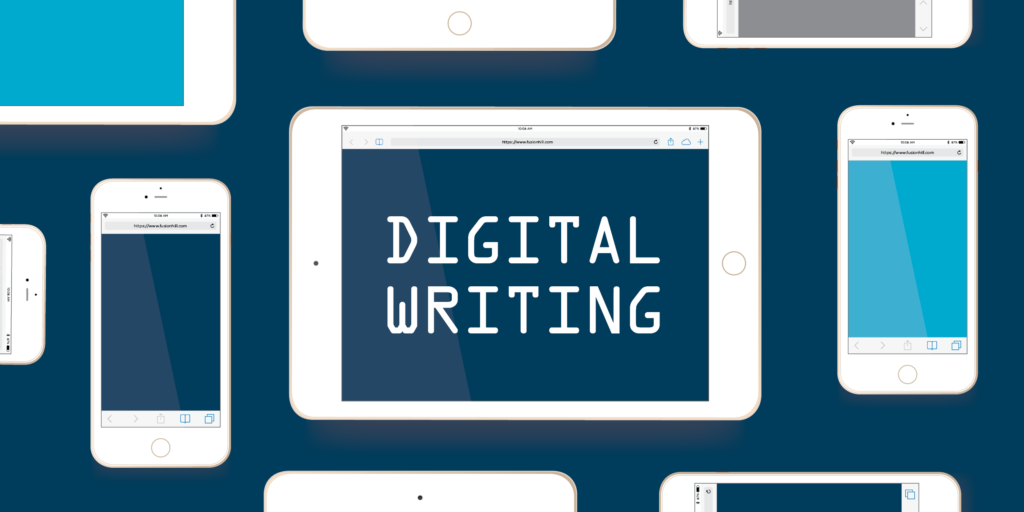
While some best practices for communicating with consumers—like having a clear and consistent brand voice and honoring your brand’s values—are timeless and universal, how the marketing world carries out its objectives has evolved. The growth of social media platforms has caused a shift in the location of advertisements, and marketers need to be aware of the differences, strengths, and weaknesses of each platform in order to choose the best tool for effective communication. Having a clear understanding of an industry’s objectives can also help determine which platform to use.
In order to transform consumers into long-term advocates, it’s essential to learn strategies that can be applied on each platform to attract, engage, and convert consumers. Of course, attracting an audience is all about grabbing their attention long enough to further engage them, so striking visuals and brief copy are essential. Engaging your audience goes hand-in-hand with understanding what they find important and demonstrating that your brand gets it. Once the audience is hooked, compelling them with actionable content and an emotional connection will convert them into advocates.
Interested in learning more about how to effectively communicate with consumers in this digital world? Visit our Insight Library to download the full report.
March 20, 2019 | Creative, Research
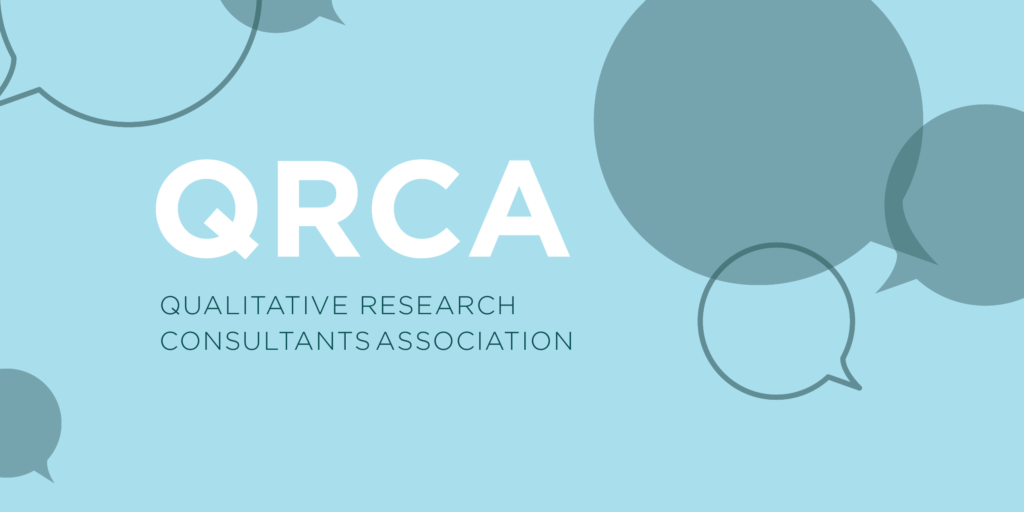
Here at Fusion Hill we are passionate about keeping up with industry trends and ensuring our methodologies and deliverables keep us ahead of the curve and providing successful outcomes for our clients. Where better to brush up on our skills than at the 2019 Qualitative Research Consultants Association (QRCA) annual conference in Savannah, Georgia, with over 250 of the industry’s top qualitative researchers? Here are some of our key takeaways from this year’s event:
Neuroscience: Using behavioral science to understand decision-making, elicit deeper truths and be more memorable
From storytelling to design study, a basic understanding of neuroscience and behavioral economics provides the rationale for our best research practices, ensuring that we are communicating the most valuable findings in the most memorable way.
People will forget 90% of what you tell them, so it is critical to be intentional in crafting your content and the 10% your audience will remember. Framing key takeaways in familiar mental models and heuristics ensures they will strike a chord with your audience. Bonus points for adding small twists and surprises that balance familiarity with novelty and leave your audience intrigued.
Consumers also expect to communicate within familiar mental models. When in the field, researchers must be aware of the various outside factors that color a participant’s behaviors and responses – everything from the words we use in our questions to current events can affect how participants respond.
Even more than mental models, behavioral science tells us that emotion is a key driver for adding meaning and getting to deep truths. Good researchers know that fact does not necessarily equal the teller’s truth and that by following the emotion, we are able to evoke meaningful and rich insights that are invaluable for strategic business decisions. One way we use the power of emotion is through storytelling. Studies have shown that storytelling creates emotional resonance and produces high levels of oxytocin for both the audience and the storyteller, leading to a more unforgettable presentation. By seeing the story in everything, we are able to provide meaningful and memorable detail that may be unavailable otherwise.
Design thinking: Moving from moderating to strategic facilitation
Design thinking is a method of analyzing research findings and turning them into actionable business opportunities using collective, solution-focused thinking. In design thinking, researchers are more than just moderators; they are strategic partners and facilitators who use their experience and empathy skills to keep the ideation process rooted in the consumer’s needs. Design thinking is an increasingly popular insights method as clients face ever tighter deadlines and shifting business targets. At Fusion Hill we have always had a strong focus on actionable insights and have facilitated ideation sessions that allow our clients to quickly translate customer feedback into here-and-now business strategies.
Creative approaches: Thinking outside the question-and-answer box
Our team is always on the hunt for creative, new qualitative research techniques. This year’s QRCA sessions focused heavily on refreshing tried-and-true techniques, from theater games and improv to quick get-to-know-you activities. Good qualitative moderators know that even a 5-minute activity can have immense benefits – energizing participants, shaking up group thought, breaking down self-censors, and triggering new ideas and connections. When used correctly, these out-of-the-box techniques help us push both clients and respondents out of their comfort zones and illuminate previously inaccessible connections and insights.
Role-play is another creative approach for getting deep insights when dealing with sensitive topics. Role-play helps us get to truer conversations while protecting privacy and avoiding the logistical hurdles associated with on-site ethnographic research. This is especially true in health care, where gaining access to confidential patient-doctor conversations is not only tricky but also sometimes unethical. Our team attended a fascinating session on using medically trained actors as a methodology for interviewing doctors. This creative approach allows researchers to better understand language around a topic or product, as well as explore decision-making in the moment and test how variables may shift it. If you are interested in pursuing this methodology, let’s talk!
Keeping the conversation going
Reach out to us at Fusion Hill to learn more about our approach to qualitative research and how we are continually improving our ability to answer your most pressing questions.
March 18, 2019 | Research
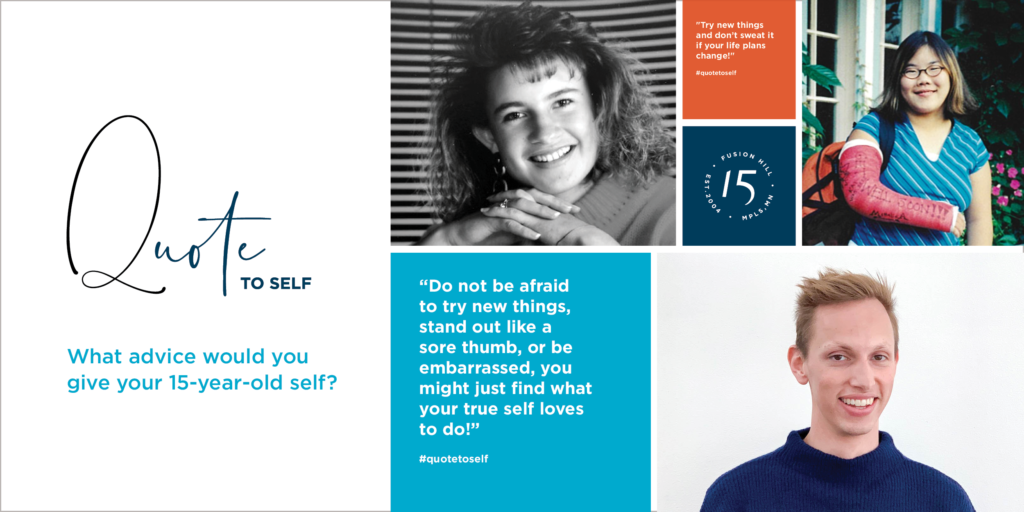
Imagine yourself at age 15. Where were you living? What fashion mistakes were you embracing? What goals did you want to achieve in your lifetime? These questions have been on our minds as we reflect on our own 15 years of insight and imagination at Fusion Hill. And in honor of our anniversary, we’re launching our Quote-to-Self project. The goal is to hear how people answer this one question:
What advice would you give to your 15-year-old self?
What would you say to younger you? We hope you’ll participate by filling out this form. Bonus points if you ask your friends, family and coworkers to complete it too!
As we travel the country – and the world – in 2019, we’ll ask the same question of our research participants we meet in the field. It’s all part of our drive to discover what similarities connect people and what traits make them unique.
We’ll share responses and insights throughout the year on our Quote to Self Instagram account. Be sure to follow us to see the project grow!
February 19, 2019 | Creative, Culture, Quote to Self Project, Research

When you think of digital assistants, you’re likely to think of Amazon’s Alexa, Google’s Assistant or Apple’s Siri, and how they make your life a little easier by giving you reminders, providing commute updates and helping you with your online shopping. The form and function of these assistants is often top of mind and it’s easy to see how these aspects align with their respective brands and help engage the user.
But what about the personalities of these digital assistants? How do their personalities enhance the user experience, and how do you design a personality that is both helpful and fun for the user to interact with?
The personality of a digital assistant is an essential piece of the puzzle when it comes to user engagement and satisfaction. A digital assistant may have plenty of functionality, but if accessing that functionality isn’t an enjoyable experience, users might decide not to use your product. Below are four key things to consider when designing a digital assistant personality that engages users and aligns with the client’s brand.
• Conveying Empathy: The digital assistant should use a tone and language that signals empathy to the user as a way to build trust. Especially when dealing with sensitive topics like health or money, it is important for the user to feel like their digital assistant is trustworthy and understands what they need.1
• Personality Quirks: While incorporating personality quirks might seem less intuitive than building in empathy, adding minor personality flaws helps humanize interactions in a way that allows the user to relate to their digital assistant.2 Think about taking an existing personality trait of the parent brand and amplifying it or adding a nuance to it for the digital assistant.
• Creating Dialogue: Users are more likely to engage with their digital assistant if they feel satisfied with the overall experience. While the ultimate goal is for users to feel like their needs are being met, something as small as creating simple dialogue can go a long way to increase user satisfaction and engagement.3
• Gendered or Genderless?: Currently, the “out of the box” personality setting for the majority of digital assistants is explicitly or implicitly female. Conversations in the media highlight concerns that female digital assistants reinforce gender stereotypes by implying that they are more suitable to fill service roles.4 This means choosing a gender – or not – increasingly has the potential to make a statement.
1. Tearsheet. Banks struggle with empathy, privacy issues with voice banking. Available at: https://www.tearsheet.co/artificial-intelligence/banks-struggle-with-empathy-privacy-issues-with-voice-banking. Accessed August 2, 2018.
2. Digiday. ‘We’ve trained our customers to be super rigid’: Lessons from Capital One’s chatbot, Eno. Available at: https://digiday.com/marketing/weve-trained-customers-super-rigid-lessons-capital-ones-chatbot-eno/. Accessed August 2, 2018.
3. Time. Google wants to give your computer a personality. Available at: http://time.com/4979262/google-wants-to-give-computer-personality/. Accessed August 2, 2018.
4. Forbes. Voice assistants as an extension of your brand: Three things marketers should consider. Available at: https://www.forbes.com/sites/forbescommunicationscouncil/2018/07/23/voice-assistants-as-an-extension-of-your-brand-three-things-marketers-should-consider/#71c44c0d8a24. Accessed August 2, 2018.
October 15, 2018 | Research







